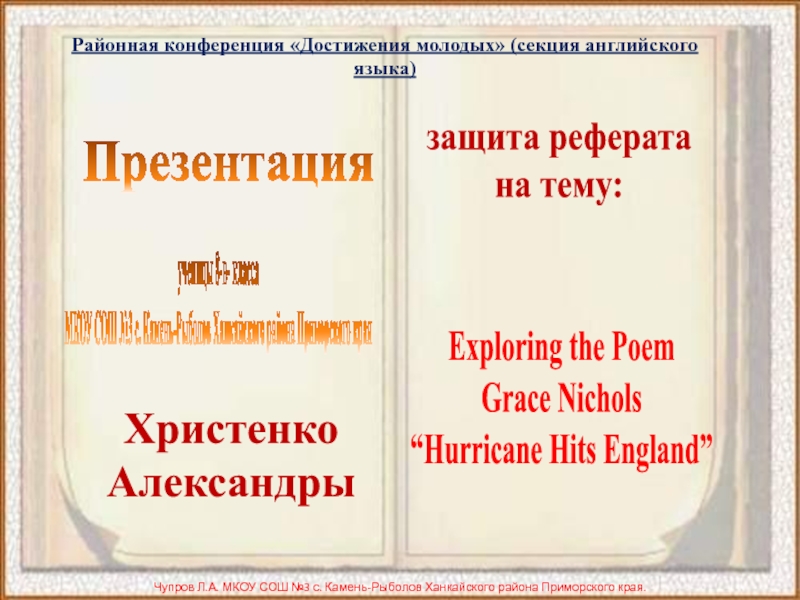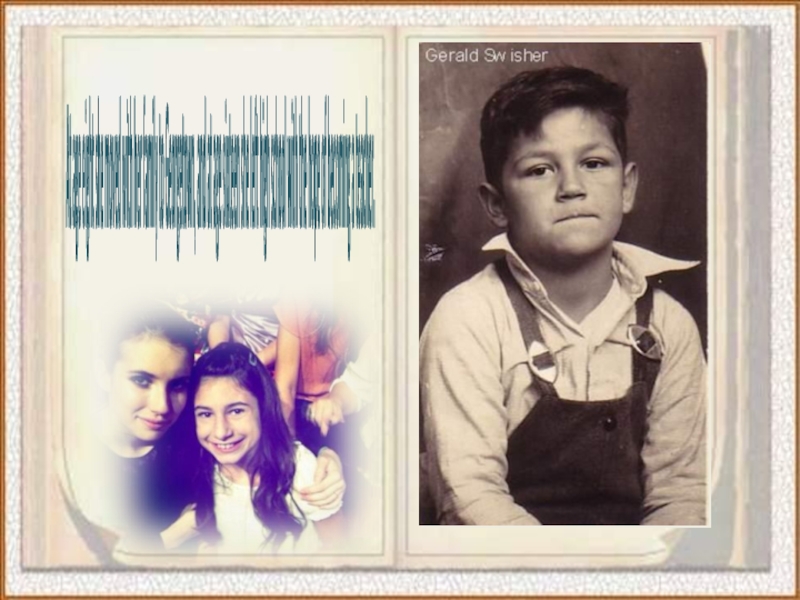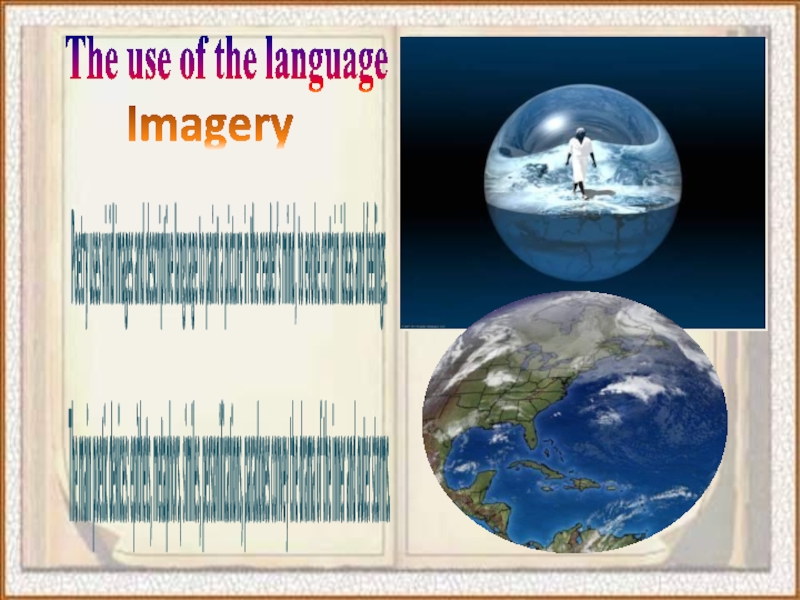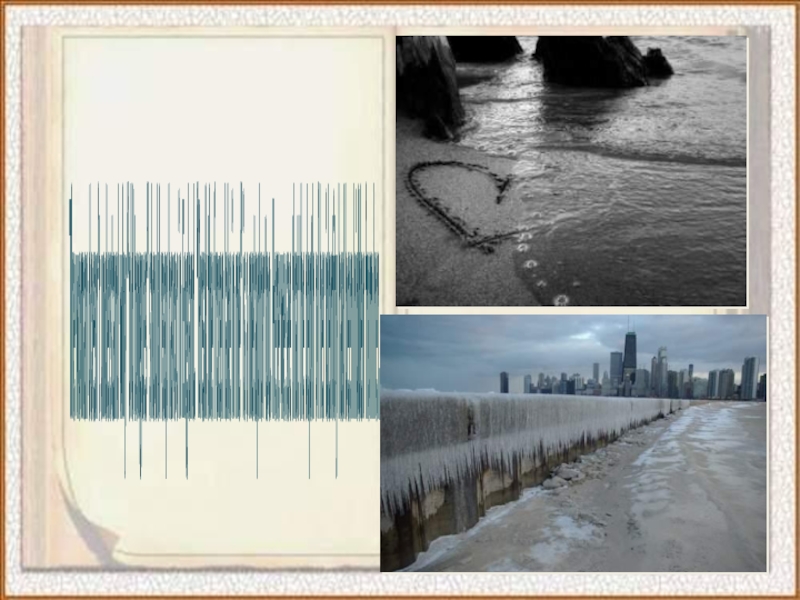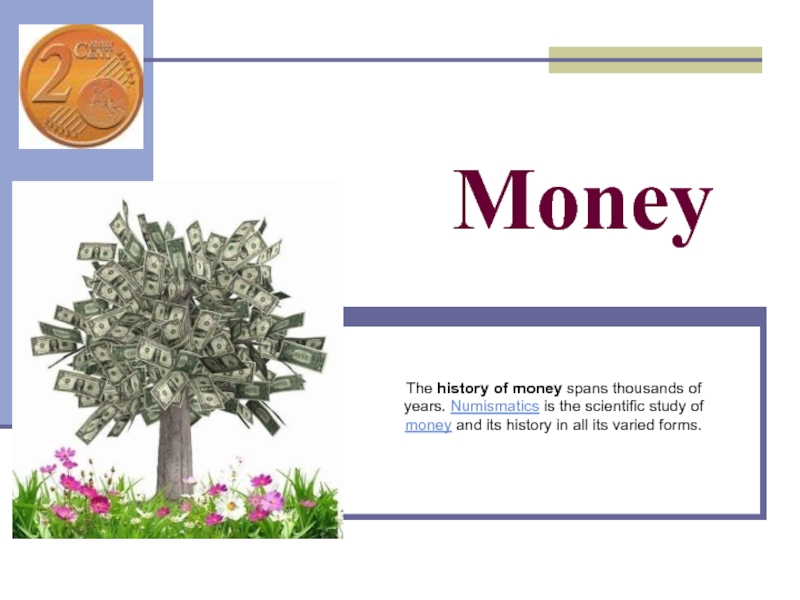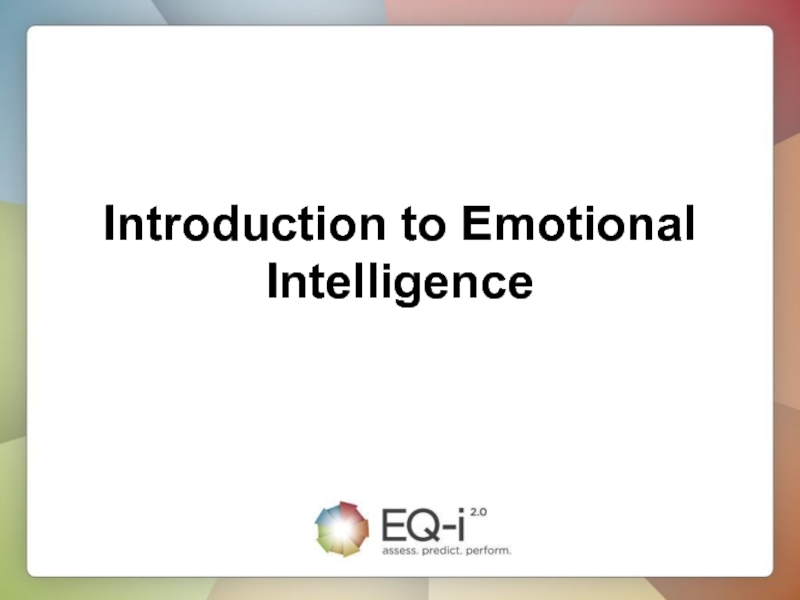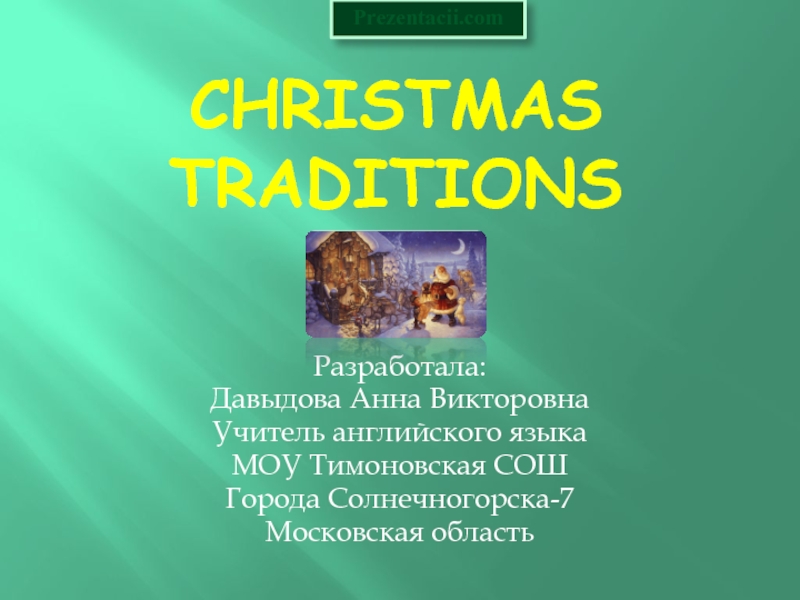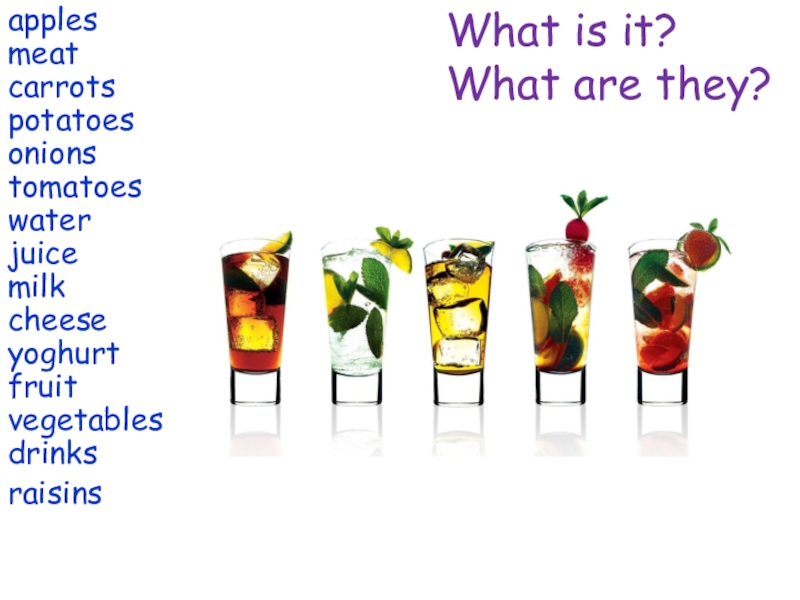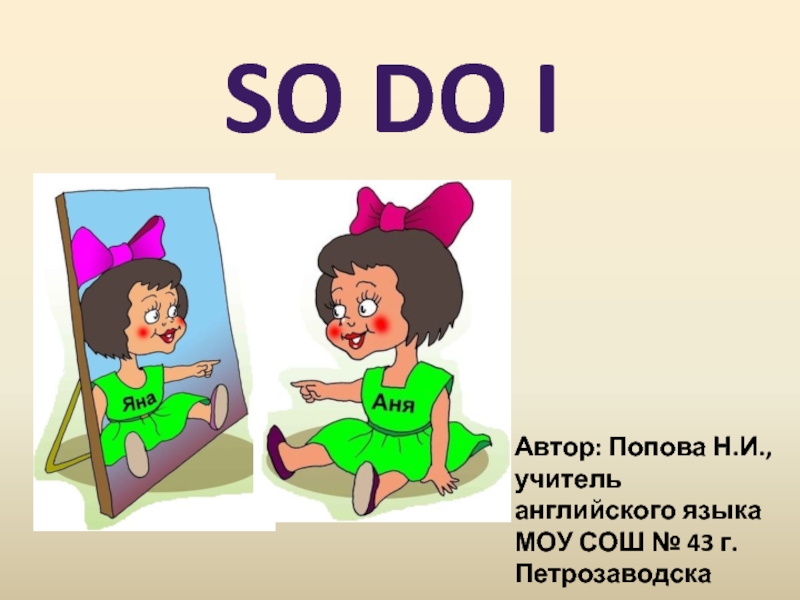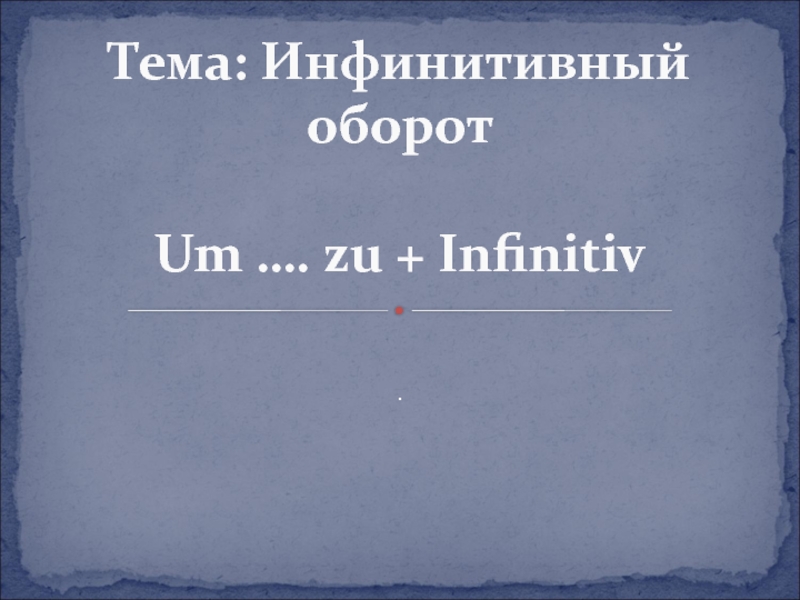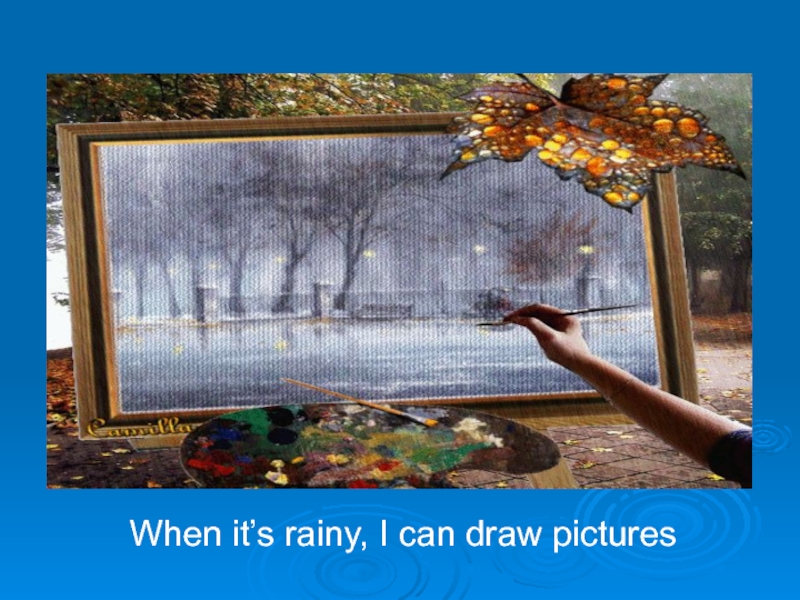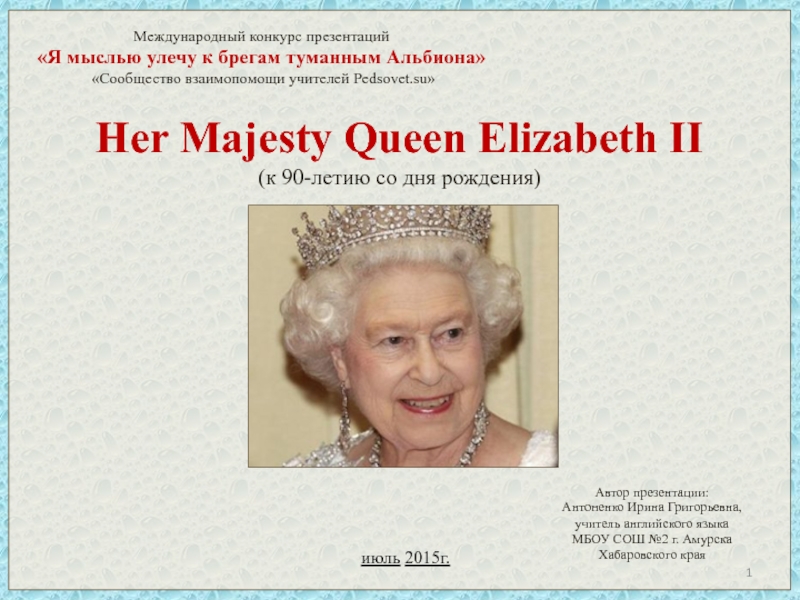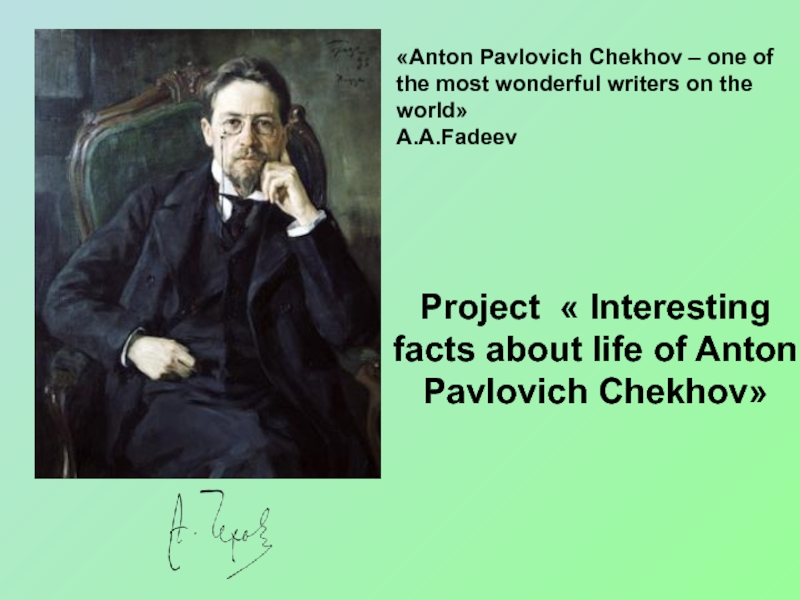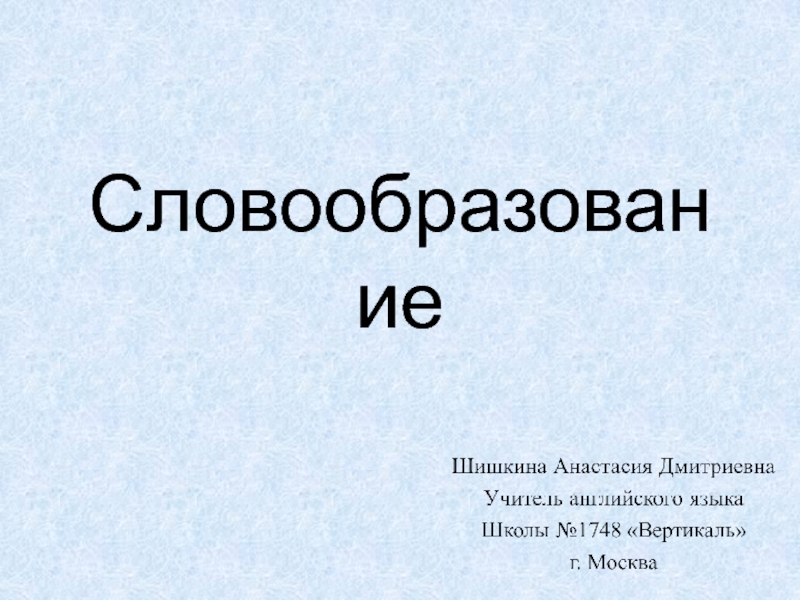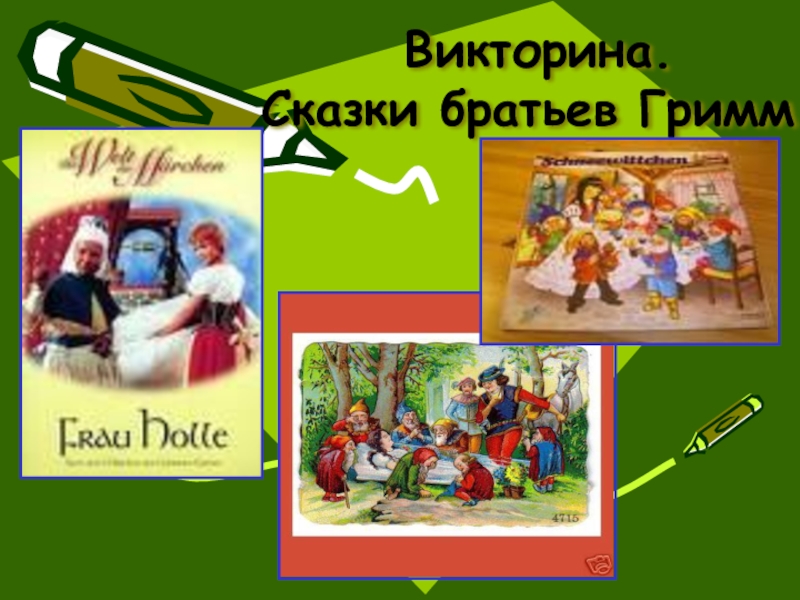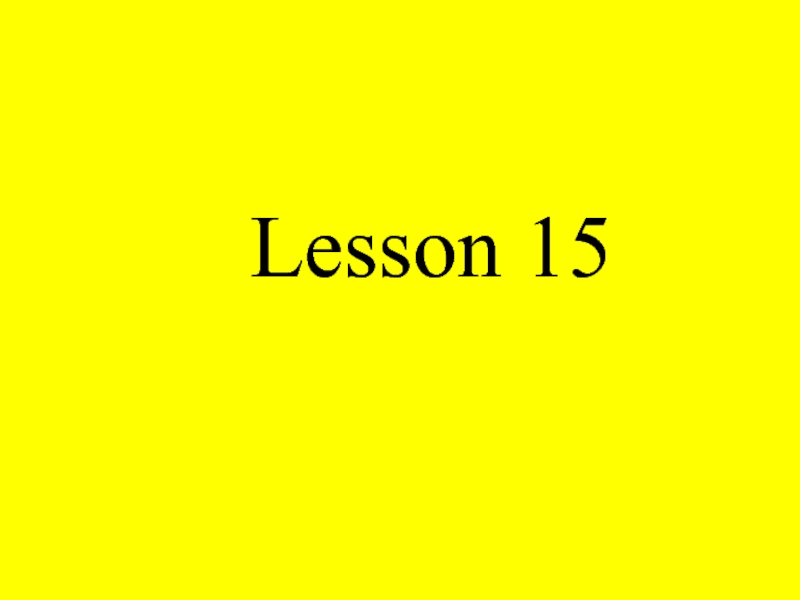Слайд 1защита реферата
на тему:
Презентация
ученицы 8-в- класса
МКОУ СОШ №3
с. Камень-Рыболов Ханкайского района Приморского края
Районная конференция «Достижения молодых»
(секция английского языка)
Exploring the Poem
Grace Nichols
“Hurricane Hits England”
Христенко
Александры
Чупров Л.А. МКОУ СОШ №3 с. Камень-Рыболов Ханкайского района Приморского края.
Слайд 2Exploring the Poem
Grace Nichols
“Hurricane Hits England”
Слайд 3Biography
Nichols was born in Georgetown, Guyana in 1950, the
fifth of seven children.
She was raised in the village
of Highdam and attended the school where her father worked as headmaster and her mother taught piano lessons
Слайд 4At age eight she moved with her family to Georgetown,
and at age sixteen she left high school with the
hope of becoming a teacher.
Слайд 5Earning a degree in communications at the University of Guyana,
Nichols worked as a journalist for the Georgetown Chronicle, then
became a writer for Guyana's Government Information Services.
Слайд 6She began writing poetry and short fiction while working as
a journalist.
After moving to England, away from the Caribbean, Nichols
began to write poetry more frequently. She read her poetry publicly, had lectures in the Oxford university, in the Cambridge university, and in many other educational centers.
Слайд 7The content
The poem begins by describing how the storm
reminded her of the great hurricanes of her childhood in
the Caribbean.
In its content, the poem tells of the time when Nichols was kept awake during the “hurricane” that hit England in 1987.
Слайд 8Here the poet is telling us that she feels more
at home in England because of the hurricane, because she
had witnessed many hurricanes as a child in the Caribbean.
The poet describes the effect the hurricane has on her and her surroundings: “It took a hurricane to bring her closer to the landscape”.
Слайд 9This helps to understand where she is from and also
how she used to feel isolated in England.
Слайд 10The context
The context of the poem is quite complicated, because
it involves the poet’s own history of moving between cultures
– Caribbean and English – and the wider history of both those cultures.
Слайд 11 The structure
In its structure, the poem is written
as free verse, with eight stanzas of varying length.
The
lines are also of varying length.
Слайд 12 The structure
Perhaps, this helps us to see how unpredictable
the hurricane is – and how unpredictable the woman’s thoughts
are.
Слайд 13Rhythm
Although there is no formal metre, the words have noticeable
rhythm – for example in the repetition of “Talk to
me … Talk to me… Talk to me”, or in the similar phrasing of … I am aligning … I am following… I am riding”
Слайд 14The feelings of the poet
The feelings of the poet about
the storm are mixed. Nichols describes it as “fearful and
reassuring” – it was dangerous and it frightened her as any fierce storm would do – but at the same time it brought back happy memories of her childhood.
Слайд 15The use of the language
Imagery
Poetry uses vivid images and descriptive
language to paint a picture in the reader’s mind, to
evoke certain ideas and feelings.
The main poetic devices: epithets, metaphors, similes, personifications, paradoxes convey the drama of the inner and outer storms.
Слайд 16The poem Hurricane hits England is full of natural imagery,
mainly because it’s about the effect of wind on the
landscape.
Слайд 17The personification
The personification is giving human traits (qualities, feelings, actions,
or characteristics) to non-living objects.
For example, Grace has personified
the hurricane saying “It took a hurricane to bring her closer to the landscape” or “Talk to me Hurracan”.
Слайд 18In giving the hurricane this title she is claiming that
it is a ghost coming to remind her of her
culture.
Слайд 19The simile
The simile is a figure of speech that directly
compares two different things, usually by employing the words ‘like’
or ‘as’.
The poet uses a simile: “Like some dark ancestral spectre”.
Слайд 20The wind seems to be threatening, it comes out of
a dark past.
The use of the sea and items
associated with it continues as the trees are compared to “falling as whales” An affinity for the natural world is displayed further by this since the trees are being unrooted – as Grace feels she is.
Слайд 21The paradox
The paradox is a logical statement or group of
statements that lead to the contradiction or a situation which
defies logic or reason. “fearful and reassuring” is a paradox.
Слайд 22One more example of a paradox is “The blinding illumination…”.
The storm both helps her to see and understand and
stops her from seeing. The light is so bright and blinding.
The storm seems alive and powerful, and seems to be trying to communicate with someone. It is dangerous – but at the same time bringing back happy memories of her childhood.
Слайд 23The epithet
The epithet is a descriptive term (word or phrase)
accompanying or occurring in a place of a name. “The
howling ship of the wind” is a transferred epithet. It draws attention to the natural image, which shows why she loves the tropical winds; they have travelled across the ocean like a ship, as did she.
Слайд 24The metaphor
The metaphor is a figure of speech in which
two things are compared, usually by saying one thing is
another, or by substituting a more descriptive word that would be expected. The example is “Reaping havoc”.
Слайд 25The woman doesn’t understand why “old tongues” should reap havoc
in England. “Break the frozen lake in me” is a
metaphor too. Here we see that the depth of her identity had been hidden from her.
Слайд 26She had been cold and superficial, all surface. “I’m riding
the mystery of your storm”.
The character seems elated by
the experience, taken along by and a part of the storm and its energies.
Слайд 27The refrain
The refrain is a phrase, line, or group of
lines that is repeated in the poem. “I am aligning…
I am following… I am riding…”, “Talk to me…Talk to me…Talk to me…”, “The earth is the earth is the earth - reminiscent of Caribbean limbo dancing.
Слайд 28The alliteration
The alliteration is the repetition of the same consonant
sounds at any place, but often at the beginning of
the words. “It took the hurricane to bring her closer to the landscape” – creates some rhythm reminding the sea waves or gasps of wind.
Слайд 29The assonance
The assonance is the repetition of vowel sounds.
“I am aligning… I am following… I am riding…” –
we hear the author breathing with delight. One also can hear echo in these phrases
Слайд 30The exclamation
The exclamations towards the end also help us
to understand how the woman is feeling and contribute to
the tone of the poem. She becomes excited at the power of the storm and the thoughts that awakes in her: “Oh why is my heart unchained?”, “Ah sweet mystery…” “Come to let me know”.
Слайд 31The use of Caribbean language
The author uses Caribbean language for
the names of gods Hurragan, Oya and Shango.
They are
echoes of her past in the Caribbean. They help the author to create a special
Слайд 32atmosphere of the world made for people no matter in
what part of the planet they live. She says in
an interview:
“I like working in both Standard English and Creole
I tend to want to fuse the two tongues because I come from a background where the two worlds were constantly interacting”
Слайд 33Possible themes
Having explored the poem we can come to
the conclusion that the main themes of it may be
“Living between two cultures”, “Identity” and “Nature”.
Слайд 34The reader’s feelings
My feelings when I read the poem, are
to remember how storm makes you realize the power of
Nature, and it makes me wonder if I would be happy to go and live in a different country and culture. I enjoyed the poem and its well crafted free verse, with the chaotic rhythm resembling the wind.
Слайд 35The conclusion
Grace Nichols celebrates life with particular warmth in
her beautiful, though contradictious poem “Hurricane Hits England”. On the
one hand, being terrified by the storm she sends a message to the reader that the earth is so unpredictable; on the other hand, she is happy to be part of this world
Слайд 36The sense that England and the Caribbean are all part
of the same planet is spelled out in the poem’s
last line. This reads like a tautology but expresses Ms. Nichols’ sense that the reader needs to know the essential nature of the earth. It may by an imitation of a line by the comic writer Gertrude Stain, who wrote that “ Rose is a rose is a rose is a rose”..
